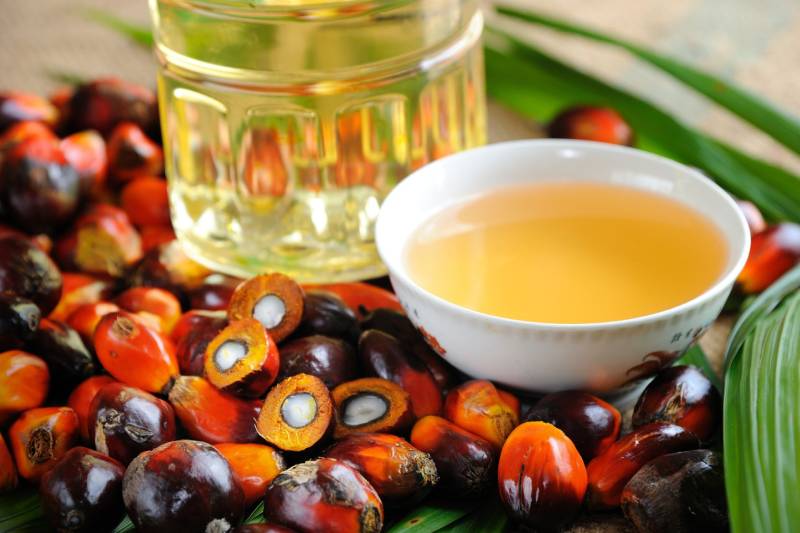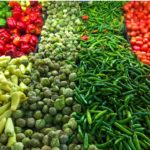Why is there a shortage of vegetable cooking oil in 2024?
Is cooking oil becoming more expensive in 2024? Will this extend in 2025? What is happening with cooking oil prices?
Is there a cooking oil shortage in 2024?
These are questions that you, or your restaurant business supplier should be asking this year. The price of vegetable oil has skyrocketed during 2024. The Russian invasion of Ukraine in February 2022, pushed vegetable oil prices to record prices.
Also, with many pandemic-driven issues not so far into the recent past, a new set of challenges is looming over the food industry in 2024. The war in Ukraine has created a domino effect, causing mass uncertainty and pushing global food inflation to unprecedented highs. In the United States, inflation is rising at an alarming pace due to high demand, harvest gaps, and supply disruptions.
This new crisis is affecting the entire industry and leading to shortages of many essential food items. In particular, vegetable cooking oils are seeing a dramatic price rise, as exports slow down and global supplies keep tightening.
Vegetable oils are some of the most heavily traded food commodities in the world. According to a report published by the International Food Policy Research Institute (IFPRI), imports make up “about 40% of global consumption, especially when compared to other commodities, e.g., less than 20% for grains.”
Given that few countries are self-sufficient when it comes to vegetable oil production, the IFPRI’s claim that “most countries are more exposed to vegetable oil export shocks compared to cereals” makes sense. This is why the Russian invasion of Ukraine has hit the vegetable oil market particularly hard.
The cooking oil shortage by oil type
Palm oil shortage
On April 28, Indonesia issued an export ban on palm oil in an attempt to regulate domestic struggles with food inflation. Indonesia is the world’s top exporter of this type of vegetable oil, so the ban has impacted the worldwide distribution of palm oil and, of course, the price.
As of June 2022, the ban has been lifted, but it will take some time before the flow of palm oil returns to pre-ban levels. According to IFPRI, “Indonesia proposed raising palm oil export quotas and […] announced an export acceleration scheme to ship at least 1 million tons of crude palm oil and derivatives.”

Soybean oil – Why are prices going up in 2024?
Soybean oil stocks are also under a lot of pressure. Between South American droughts and major food inflation, exports from Argentina and Brazil have been significantly reduced. Even with the United States being a major producer of soybean oil, domestic harvests are not large enough to cover demand. On the other hand, about 30% of soybean oil is used to produce biodiesel, which explains the increased demand for this vegetable oil.
According to Gro Intelligence data, “energy companies have announced plans to increase their biofuel capacity twofold to fivefold by 2030, using soybean oil as a major feedstock. Such a move is already stoking inflationary pressures worldwide in a host of vegetable oils, including canola, palm oil, as well as soybean oil, that serve as key ingredients for many food products.”
Sunflower oil – Why is there a problem and what to expect in 2024?
The sunflower market was hit hardest and most directly by the Russian invasion of Ukraine. Both countries are massive exporters of sunflower oil. However, statistically speaking, “in 2020/21, Ukraine was the leading sunflower seed oil exporting country with an export volume of about 5.27 million metric tons”.
Due to the ongoing conflict in the region, much of the sunflower oil from last year’s harvest cannot leave the country and many processing facilities are disrupted. As a result, global supplies are severely affected, and prices are surging.

Why is Canola oil price so high in 2024?
Canada is the United States’ major import partner when it comes to canola oil. With last year’s harvest sitting at a 14-year low, there are concerns that this year’s Canadian crop will not meet demand. For now, prices remain high, but according to USDA’s optimistic forecast:
“The United States is expected to import a healthy volume of canola in the last month of the marketing year. Combined with strong April imports, this lifts the 2021/22 import forecast by 115 million pounds to 1.01 billion. The increased supply of canola is expected to provide processors with enough canola to increase contributions for burgeoning vegetable oil demand.”
With war raging on and the global food market facing further instability, more essential food items may be affected. Vegetable oils are absolute kitchen staples, and while they can be temporarily substituted, the adjustment process is complicated, costly, and requires a lot of planning.
Will cooking oil prices fall?
Will cooking oil prices go down in 2024? As for how long these record prices will last, there is no telling. They might stay high going into 2024 or might climb even more. In the best-case scenario, if the Russia-Ukraine crisis is resolved soon and both domestic and external production of vegetable oils increases, we might be looking at a more stable market in the years to come.

Fadaros’ editorial team is dedicated to creating high-quality, insightful content that helps food businesses navigate the challenges of the wholesale industry. We aim to empower you with practical advice, expert insights, and resources tailored to your needs. By aligning with our brand’s mission of helping you grow and build a successful future, we aim to be a trusted partner every step of the way, ensuring your success remains our top priority.






